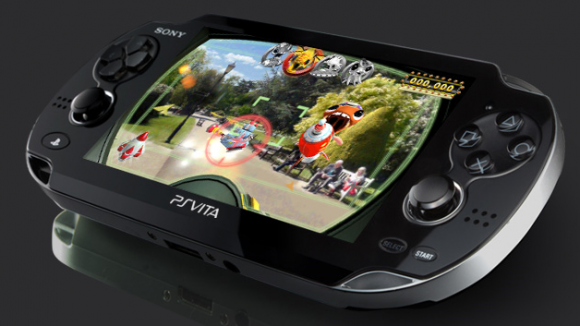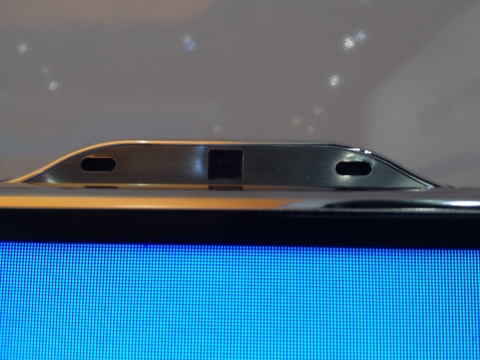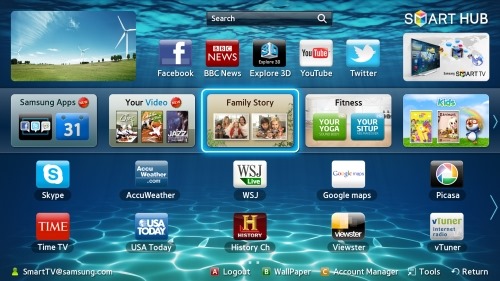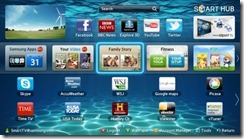 “Those who cannot remember the past are condemned to repeat it.” – George Santayana, 1905
“Those who cannot remember the past are condemned to repeat it.” – George Santayana, 1905
For today’s history lesson, we’re going to look at two of the biggest names in the tech industry that have risen and fallen in complimentary distribution with one another since the 1980’s. As one company climbed to the top, the other plummeted but now the tides have changed.
I’m talking of course about Sony and Apple, two companies with storied histories that bear some key similarities to each other. In the successes and failures of each company, the brilliance and blunders seem to be passed back and forth. In order to move forward towards the future, we must look back at the past; so let’s take it from the top.
The 1980’s were a strange time in America; MTV, big hair, and the Brat Pack are some of the first things that come to mind when I think of that decade. Of course, the 1980’s also ushered in a new era of technology, and Apple and Sony were at the forefront. In the beginning of the 1980’s, Apple came out strong with a record breaking IPO and the Macintosh computer. Things quickly went south for the computer giant, as infighting and a decline in sales ultimately saw Steve Jobs leave the company in 1985; beginning what many would refer to as “the dark years” at Apple. During that same time, Sony had started the 1980’s with dismal profits during a global recession that saw a drop in electronics sales.
One of the things that saved Sony was its creativity and drive to pioneer new technologies. While it lost the “format wars” between VHS and Betamax, it was able to move past and eventually develop technologies such as the Compact Disc and Walkman. Similarly, it branched out beyond consumer electronics and got into the music and movie publishing industries; creating a revenue stream that would allow it to profit several times over from single products. Its latest demise, however, came from the company aggressively expanding into new businesses and technologies with little communication or collaboration between the departments. The question now is “Will they bounce back?”
Apple was able to bounce back from those “dark years” when Steve Jobs came back. Under his leadership, the company was able to re-focus and re-establish its brand. They were able to focus on creating great products from top to bottom, coupled with a user experience that was second to none. If Sony wishes to recover in the same way Apple did, then perhaps they’ll do the same. Sony’s reach is a bit broader than Apple’s so in order to do that, they’ll need to increase the communication and support between departments. They have all the parts they need to return to the top, they just have to deliver what the customers want. Apple delivered things that consumers wanted before they even knew that they wanted them. Sony’s approach as of late has been more stagnant, where they wait for something to come out and find a way to replicate it.
The sting of a few hard blows to a company can send it reeling and certainly bruise some egos. Sony needs to take a whiff of the smelling salts and come out of the corner swinging. Once they return to their roots of innovation, creativity, and quality they’ll be sure to see success once again.










